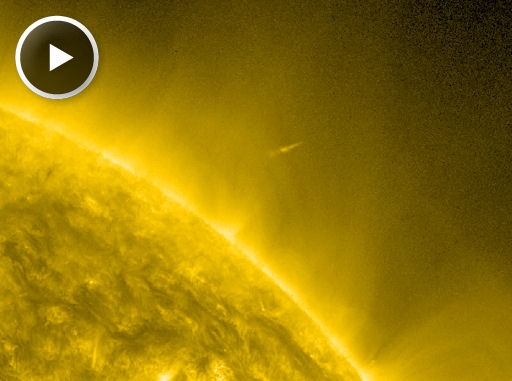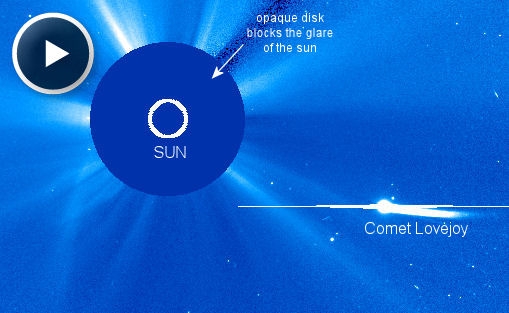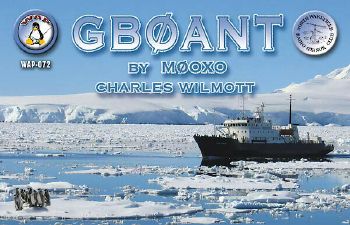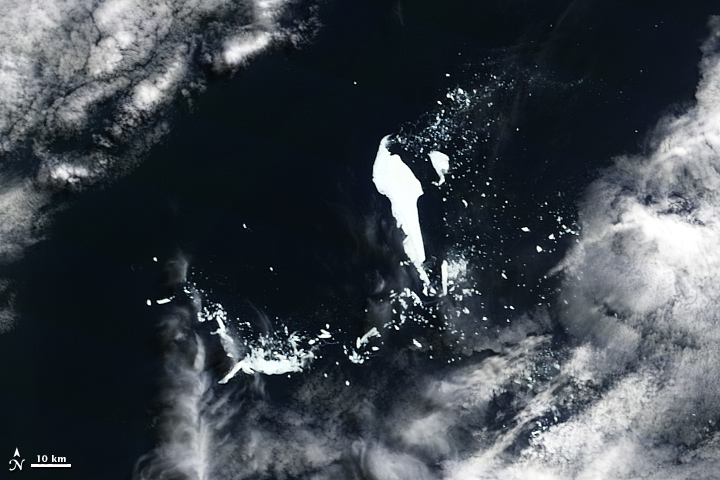CW however was my target this year and I did make a promise that I would increase CW activity in 2011 and that can be seen as true, CW taking a 13% increase to last year and SSB activity less. Lets hope 2012 can be a better year and once more, CW activity is the way forward for me. Thanks to Michael G7VJR and Clublog for providing these Stats, here we go…..
Yearly Totals (last 3 years)
| Year | Number of DXCCs | Number of QSOs | QSOs as Percent | |||
|---|---|---|---|---|---|---|
| 2011 | 191 | 1640 | CW: 20.98% Phone: 34.51% Data: 44.51% |
|
||
| 2010 | 204 | 6473 | CW: 8.54% Phone: 18.83% Data: 72.62% |
|||
| 2009 | 205 | 5037 | CW: 11.65% Phone: 28.95% Data: 59.40% |
|||
2011 didn’t bring me too many more ”new ones” (just 6 all time new) but there were some nice bits out there this year and with the increased band activity this last few months, this has enabled me to start (for the first time really) chasing new slots. This graph shows quite a big influx in new slots which have in the main have been over 100 new slots on CW alone, and 75% of those were all time new on CW, amazing!
DXCC Entities (worked)
So, what for 2012?
Well my mission (should I choose to accept it!) is to progress with CW, thats my main target and I shall chase as many new slots as possible.
I need to look at the DXCC’s still wanted (full list at the bottom of this page) but to be fair, until new Dxpeditions appear, many of these will be on the list for many years to come.
Qsl Managing plays a big part in my side of the hobby and that will continue. I have plans to keep the OQRS system as up to date as possible and with Tim M0URX we are activly working on ways to improve and make the system more efficient.
So to all of you with whom our paths have crossed this year, Seasons Greetings to you and you families. Have a very Merry Christmas and let’s hope 2012 is a good year for all of us.
73 de Charles
DXCC entities (still required)…
| Entity | Most-wanted Rank |
|---|---|
| NAVASSA I. | #1 |
| NORTH KOREA | #2 |
| HEARD I. | #3 |
| SOUTH SANDWICH | #4 |
| BOUVET | #5 |
| YEMEN | #6 |
| AMSTERDAM & ST. PAUL | #7 |
| KINGMAN REEF | #8 |
| MALPELO I. | #9 |
| CROZET | #10 |
| AUCKLAND & CAMPBELL | #11 |
| TROMELIN | #12 |
| JUAN DE NOVA & EUROPA | #13 |
| PALMYRA & JARVIS IS. | #14 |
| SOUTH GEORGIA | #15 |
| MACQUARIE I. | #16 |
| WAKE I. | #17 |
| BAKER & HOWLAND IS. | #18 |
| ST. PETER & ST. PAUL | #19 |
| JOHNSTON I. | #20 |
| SAN FELIX I. | #21 |
| PRATAS ISLAND | #22 |
| KURE I. | #23 |
| SCARBOROUGH REEF | #24 |
| ERITREA | #25 |
| KERGUELEN | #27 |
| MYANMAR | #28 |
| THE REPUBLIC OF SOUTH SUDAN | #29 |
| BANABA | #30 |
| MELLISH REEF | #31 |
| SWAINS ISLAND | #32 |
| COCOS I. | #35 |
| PITCAIRN I. | #36 |
| NORTH COOK IS. | #40 |
| CHESTERFIELD IS. | #41 |
| TEMOTU | #43 |
| NAURU | #51 |
| COMOROS | #59 |






